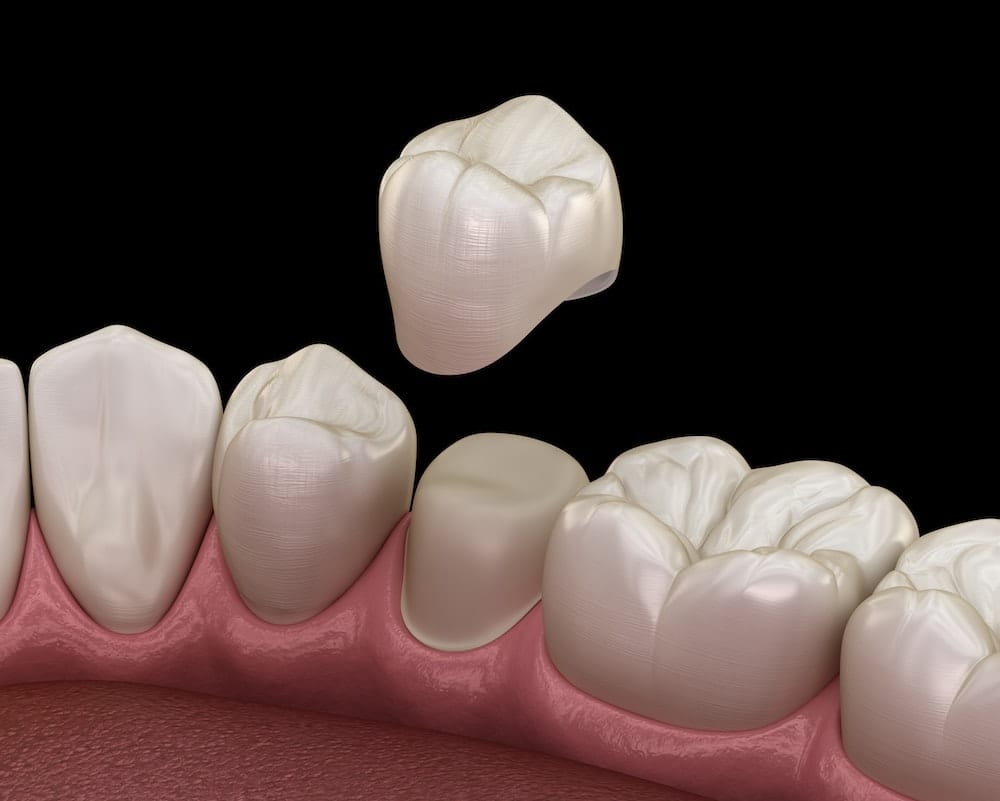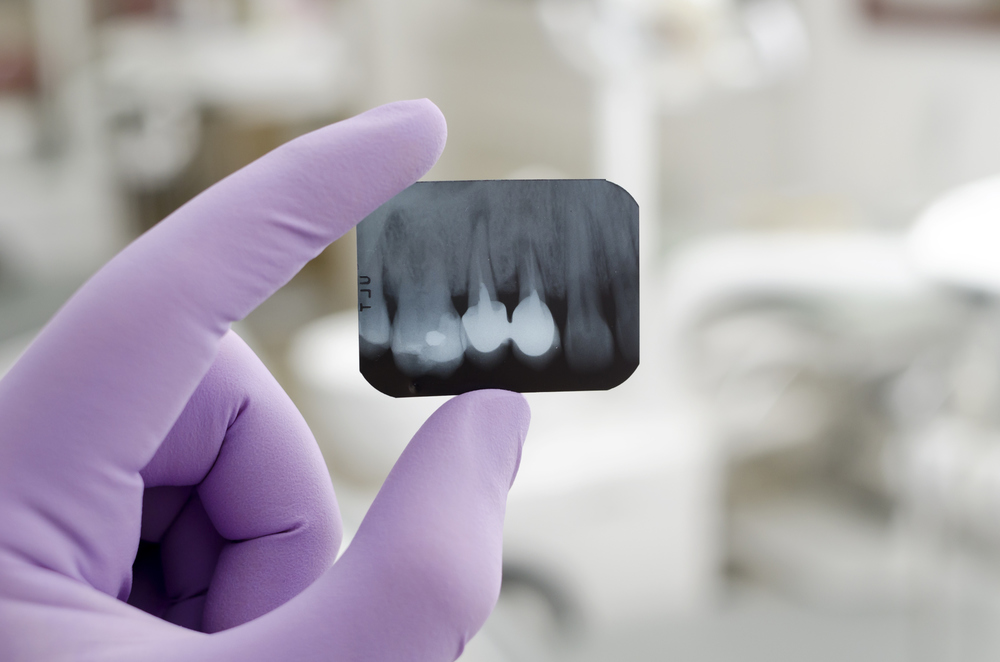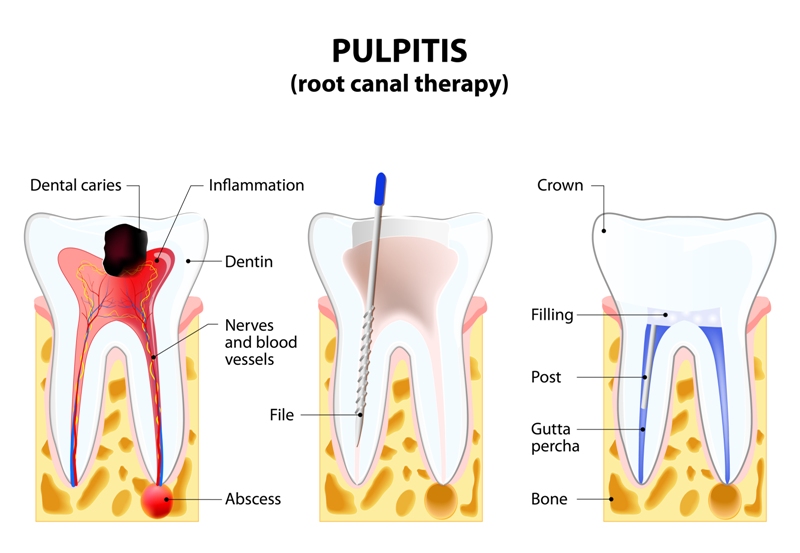Can You Get A Root Canal On A Crowned Tooth?
Root Canal on a Crowned Tooth: What to Expect

Discovering you need a root canal on a tooth that already has a crown can be confusing. You might think the crown was meant to solve all your tooth troubles. While crowns are excellent for restoring a tooth’s strength and appearance, sometimes issues can develop deep within the tooth, making a root canal necessary. This procedure, while sounding complex, is a highly effective way to save your natural tooth and relieve pain.
Understanding why this happens and what the procedure involves can ease any concerns. We will explore why a crowned tooth might need a root canal, what the treatment entails, and how to ensure its long-term success.
Why Would a Crowned Tooth Need a Root Canal?
A dental crown is a cap placed over a damaged tooth to restore its shape, size, and function. However, the crown protects the outside of the tooth, while the living tissue inside, known as the pulp, can still be vulnerable. The pulp contains nerves and blood vessels that nourish the tooth. If it becomes infected or inflamed, a root canal is required to save the tooth.
Several situations can lead to the need for a root canal on a crowned tooth:
- Deep Decay: Before the crown was placed, there may have been deep decay that was close to the pulp. Over time, bacteria can find their way into the pulp chamber, causing an infection.
- Cracks or Fractures: A new crack could develop in the tooth underneath the crown, allowing bacteria to seep in and infect the pulp.
- Trauma to the Tooth: An injury to the tooth, even one that happened years ago, can cause the pulp to die and become infected. This process can be slow, with symptoms only appearing long after the crown has been placed.
- Previous Dental Work: Sometimes, the trauma from previous dental procedures can cause the pulp inside a tooth to become inflamed and eventually infected, even years later.
It is important to recognize that this is not necessarily a sign of a poorly placed crown. The need for a root canal can arise 5, 10, or even 20 years after the initial restoration as the tooth’s condition changes.
Signs You Might Need a Root Canal on a Crowned Tooth

Your body often provides clear signals when something is wrong inside your tooth. If you have a crown and experience any of the following symptoms, it is essential to see your dentist for an evaluation:
- Persistent Pain: A toothache that is constant or comes and goes but never fully disappears.
- Sensitivity to Temperature: Lingering pain or sensitivity when consuming hot or cold foods and drinks.
- Swelling and Tenderness: Swollen gums around the crowned tooth or tenderness when chewing.
- A “Pimple” on the Gum: A small, recurring bump on the gums near the tooth, which can be a sign of an abscess.
- Discoloration: The tooth or surrounding gum area appears darker than normal.
The Root Canal Procedure: A Step-by-Step Guide
The idea of a root canal can cause anxiety, but modern dentistry makes the procedure comfortable and largely pain-free. It is a precise treatment designed to remove the infection and preserve your natural tooth. The process typically takes one or two appointments, each lasting about 60 to 90 minutes.
1. Preparation and Access
Before the treatment, your dentist will take X-rays to examine the tooth’s root structure and assess the extent of the infection. The area is then numbed with local anesthesia to ensure your comfort. To perform the root canal, the dentist needs to access the pulp chamber. In most cases, they can create a small opening through the top of the crown, leaving the crown itself intact.
2. Cleaning the Canals
Once the pulp is accessed, the dentist will carefully remove the infected or inflamed tissue. Using specialized instruments, they will clean, disinfect, and shape the inside of the root canals. This step is crucial for eliminating all bacteria and preventing future infection.
3. Filling and Sealing
After the canals are thoroughly cleaned, they are filled with a biocompatible, rubber-like material called gutta-percha. This material seals the canals to prevent bacteria from re-entering. The small opening in your crown is then closed with a temporary filling to protect the tooth until a permanent restoration is placed.
4. Restoration
At a follow-up visit, the temporary filling is removed. If the existing crown is still in good condition and fits properly, your dentist may place a permanent filling in the access hole. If the crown was damaged or needs to be replaced for a better seal, a new one will be created and cemented into place.
Common Questions and Concerns

It’s natural to have questions about dental procedures. Here are answers to some common concerns regarding root canals on crowned teeth.
How Successful is the Treatment?
Root canals have a very high success rate, often over 90%. When performed on a crowned tooth, the existing crown can provide an extra layer of protection, contributing to this success. With proper care, a tooth that has had a root canal can last a lifetime.
Can a Treated Tooth Get Infected Again?
While rare, a new infection can occur. This might happen if there’s a crack in the tooth or if the restoration fails, allowing new bacteria to enter. Maintaining excellent oral hygiene and attending regular dental check-ups are the best ways to prevent reinfection.
Is the Procedure Painful?
Root canals are performed to relieve pain, not cause it. With modern anesthesia and techniques, the procedure itself is comparable to getting a routine filling. You may experience some mild sensitivity for a few days afterward, but this is usually manageable with over-the-counter pain relievers.
Which Tooth is the Hardest for a Root Canal?
Molars are generally considered the most challenging teeth for root canal treatment. Their location at the back of the mouth and their complex root systems (often having multiple canals) require a high degree of skill. However, dentists and endodontists (root canal specialists) are equipped to handle these complex cases successfully.
Your Smile Is Our Priority

A root canal on a crowned tooth is a common and effective procedure for saving a natural tooth from extraction. It eliminates infection, relieves pain, and restores the health of your tooth for years to come.
If you are experiencing tooth pain or have been told you need a root canal, don’t hesitate to seek professional advice. The team at Lane & Associates Family Dentistry is here to help. Whether you visit one of our Durham dentists or another location, we will provide an expert opinion and a treatment plan tailored to your needs. Request an appointment online or call us at 1-877-LANE-DDS today. We love to make you smile!

